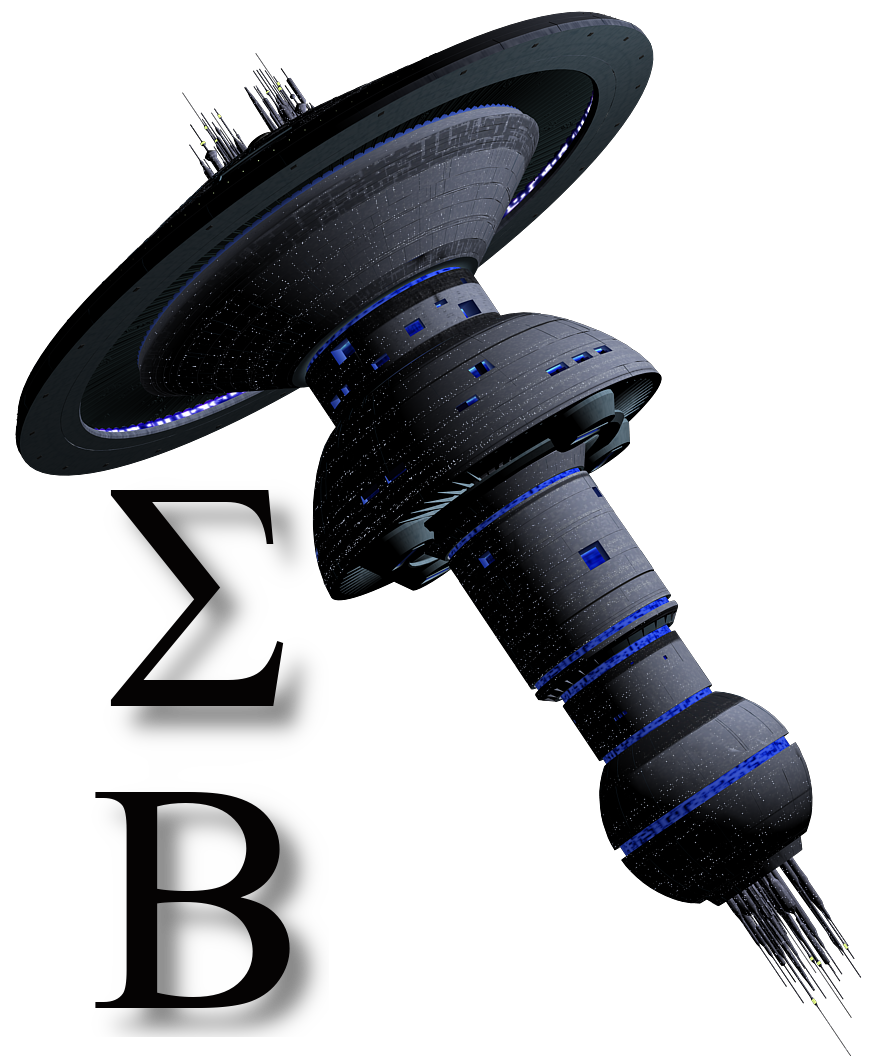 The EPA has released the Hazardous Generator Improvement Rule, Federally Implemented starting May 30, 2017, and adopted by states thereafter (Typically July 1, 2018 or July 1, 2019 or later) and Michigan as of August 1, 2020. Note that this does not only apply to organization that are ISO 14001 Certified, but any organization with any wastes. The EPA estimates, based on regular inspections, that up-to 30% of all organizations are noncompliant with these rules. One of the goals of this revision was to make the rules more understandable.
The EPA has released the Hazardous Generator Improvement Rule, Federally Implemented starting May 30, 2017, and adopted by states thereafter (Typically July 1, 2018 or July 1, 2019 or later) and Michigan as of August 1, 2020. Note that this does not only apply to organization that are ISO 14001 Certified, but any organization with any wastes. The EPA estimates, based on regular inspections, that up-to 30% of all organizations are noncompliant with these rules. One of the goals of this revision was to make the rules more understandable.This article is not intended to be a full review of the requirements, just some highlights of the changes that affect the large number service and manufacturing organizations. There is a lot of free information available on the web. If you have any specific questions just contact us and we will assist you or point you in the correct direction for details.
Some of the changes that affect a lot of our clients are:
- Small Quality Generator of Hazardous waste not requires a Filing every 4 years –filing is due September 1, 2021 and every 4 years thereafter.
- Large Quantity Generator of Hazardous Waste under the Emergency preparedness and Planning requirements: LQGs must create and submit quick reference guides with the key information – Due during next plan update
- Labelling and Marking Haz Waste containers with the Hazards is now required. There is flexibility in the specific labels used
- E-Manifesting is now allowed and this requirement will really be driven by haulers and destination facilities
- Aerosol Cans with Hazardous materials (non-empty) will be able to be disposed of as Universal Waste instead of Hazardous Waste. This is a very good option for many smaller companies that do not have puncture systems
- Satellite Accumulation Areas (SAAs) have clarified and specific requirements, most of which are not really new, but do have specific labelling, control, quantity, closure, and timeframe requirements.
- Personnel Training for Large Quantity Generators of Hazardous Waste now specifically allows for classroom, online, or OJT training to meet this requirement.
- Episodic Generator (planned and unplanned) allows for Very Small and Small Quantity Generators of Hazardous Waste to dispose of these larger quantities without changing their generator status and implementing full LQG programs. There are specific requirements that must be met for these Events.
- VSQG Improvements (This includes changing from the Conditionally Exempt Small Quantity Generator to the Very Small Quantity Generator status description)
- LQG consolidation of SQG waste – If you have multiple facilities, you may be able to consolidate your Small Quantity Generator waste at a LQG facility. There are specific requirements that must be met here and it may not make sense for many organizations.
- SQG & LQG Closure requirements – Notification is required when a facility or site is closed.
- Large Quantity Generators can apply for a site-specific waiver from the 50 ft to property line rule.
Again, this list of changes is not meant to be complete, but it is a good starting point to determine whether you have addressed them in your system, or just in general, from a regulatory standpoint.
If you have had Management Solutions Group complete your evaluation of compliance, this is something you will want to address before the next scheduled review.
If you need any help with this, or have any questions just let us know.
